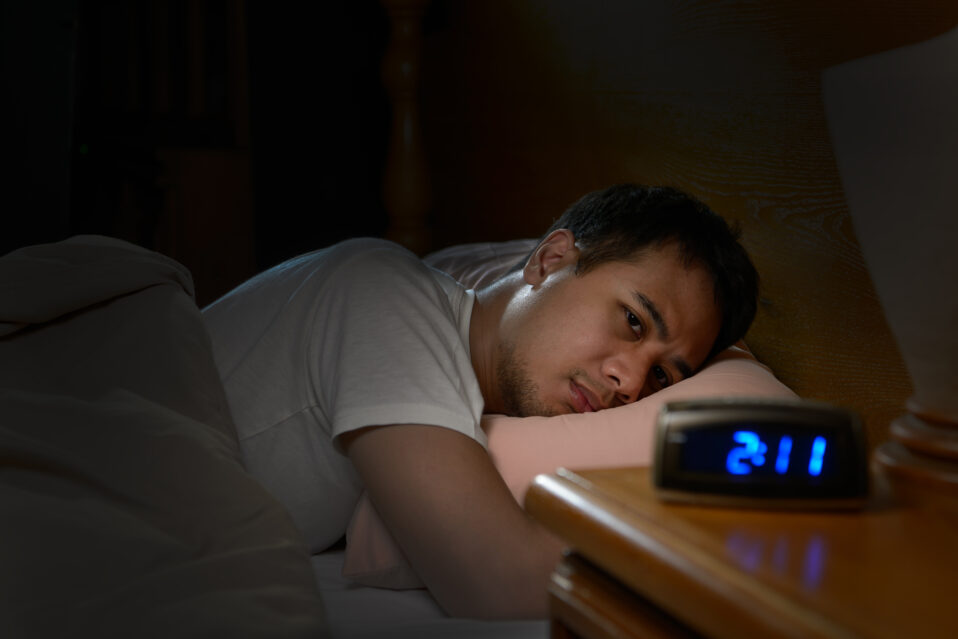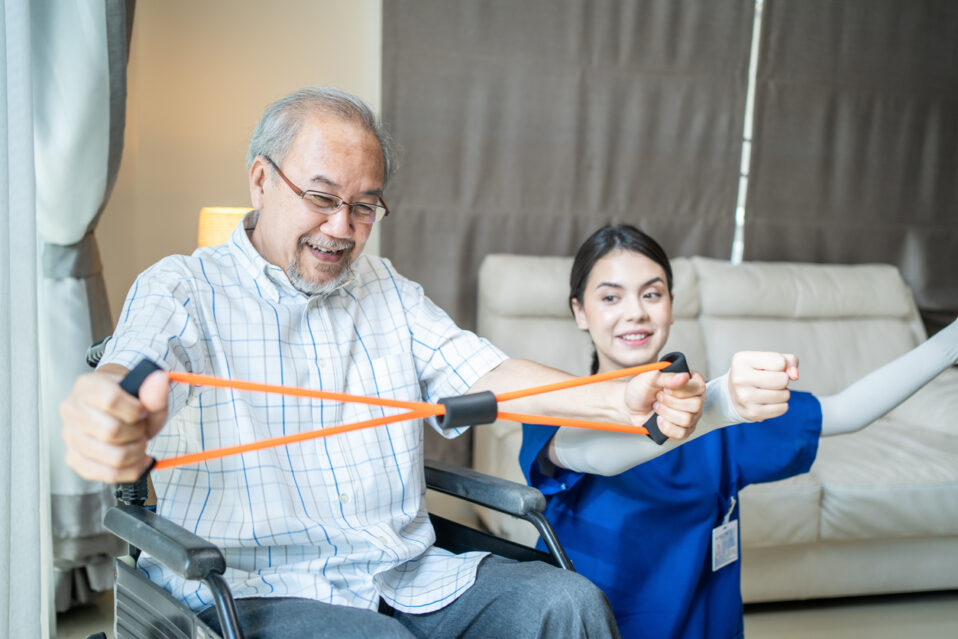Summarized by Dan Zhou, MD
October 2023
Insomnia is one of the most common complaints after traumatic brain injury. It occurs in almost half of patients and is more common in those with mild injuries, also known as concussions. People with insomnia have difficulty falling and staying asleep at night. This can negatively affect day-to-day routines due to tiredness and difficulty concentrating. A recent article titled “Perspective: Cognitive Behavioral Therapy for Insomnia Is a Promising Intervention for Mild Traumatic Brain Injury” was published in Frontiers in Neurology which reviews cognitive-behavioral therapy for insomnia (CBT-I) in concussion patients.
CBT-I uses a combined cognitive and behavioral approach to treatment. Some examples include concepts such as limiting stimulation at bedtime, relaxation training, cognitive therapy, and sleep hygiene training. The overall goal is to promote sleep at bedtime, improve the sleep/wake cycle, and address negative thoughts surrounding sleep which would decrease sleep-related anxiety and arousal. In treatment trials, CBT-I has emerged as the preferred treatment for insomnia. The article mentions that 70-80% of patients with insomnia experience lasting benefit from CBT-I and about half have complete resolution.
Similar to treating insomnia in general, CBT-I is also preferred as the main treatment for insomnia in concussion patients. Compared to taking prescription medications or self-treating, CBT-I does not have the side effects that all medications may carry and can provide lasting benefits. To understand why CBT-I is most appropriate for insomnia after concussion, we need to understand the connection between the two. The leading theory of why insomnia happens frequently after concussion is discussed in the article. First some people are at risk be it through their genetics or personalities. This is followed by a trigger which would be the head injury.
The last factor is the perpetuating loop that keeps the sleep issues going. This loop is due to changes in behavior and attitudes. For instance, some people may attempt to sleep longer by taking more naps during the day which can mess up normal sleep patterns. Additionally, having negative thoughts like “lack of sleep will negatively affect my recovery” causes a cycle of anxiety associated with sleep. It is specifically this perpetuating loop phase with all of its behavioral and emotional factors where CBT-I may have the greatest benefit. Improving sleep after concussion is important as it is shown to improve mental functioning, pain, depression, and anxiety. These are some of the reasons that CBT-I has been and remains promising for the treatment of insomnia in mild traumatic brain injury patients.
For more information, view the article: https://www.ncbi.nlm.nih.gov/pmc/articles/PMC7575746/




